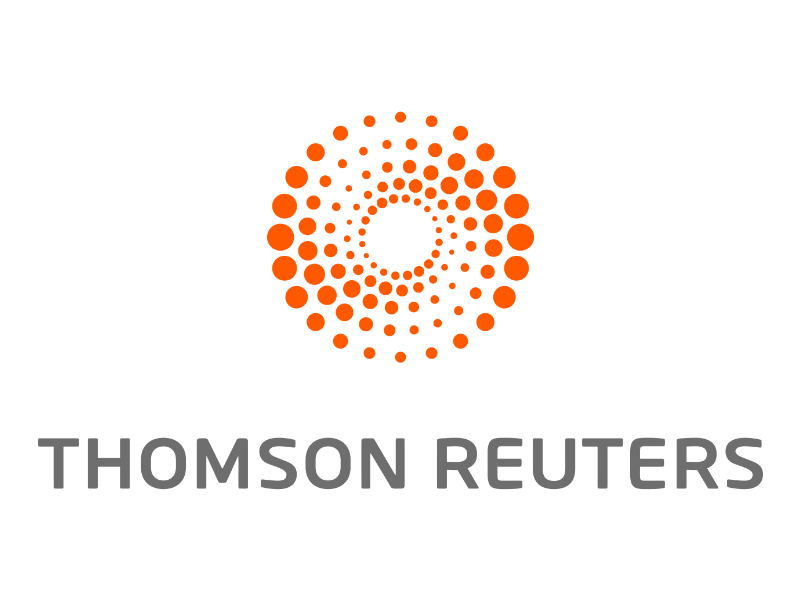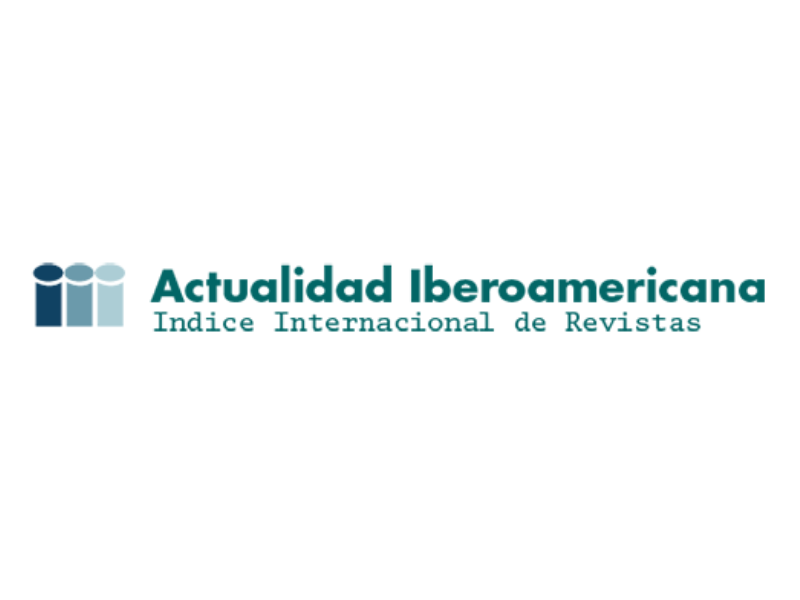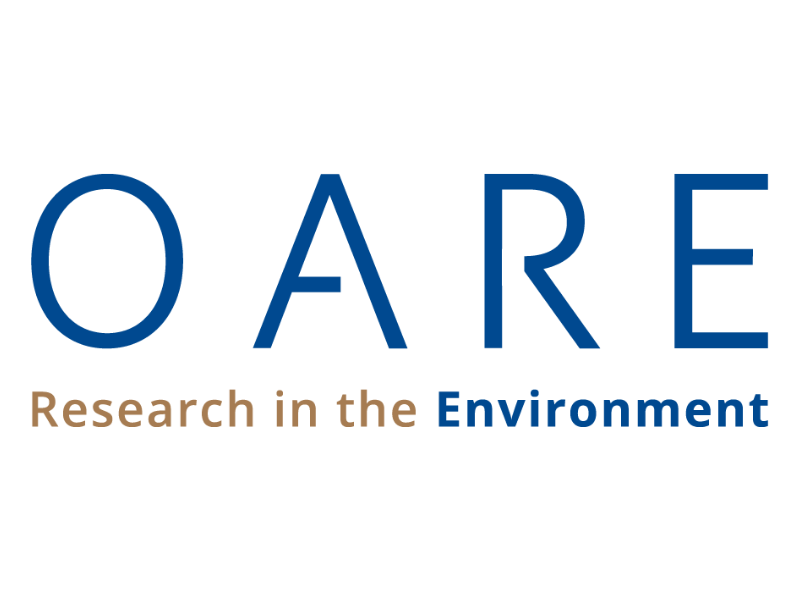Composition and abundance analysis of by-catch in the fishing of pinky shrimp (Penaeus notialis) in the Gulf Of Morrosquillo, Colombian Caribbean
Análisis de la composición y abundancia de la ictiofauna presente en la pesca del camarón rosado (Penaeus notialis) en el golfo de morrosquillo, Caribe Colombiano
Show authors biography
Objetive. Samples taken in the gulf of Morrosquillo between february 2002 and january 2003 with trawlers of PESTOLU company, the composition and abundance of by-catch in the fishing of pinky shrimp(Penaeus notialis) were analyzed. Materials and methods. A net of 42 feet of length in the superior relinga for band with a mesh eye in the handbag of 1¾ inches using an hydraulic winche. 31 fishing tasks were made in the stratum 1 and 21 in the stratum 2, for a total of 52 night tasks, with a duration average of 9 hours 11 minutes among 6:00 p.m. and 6:00 a.m., for a 191 rushes in total of with a duration average of 2 hours 33 minutes each one, for a total of 450 effective hours of haulage. Results. The captures were dominated by four species, being the Chivo (Cathorops sp.) the most representative for both strata was the male goat (Cathorops sp.), species without commercial value for the area, continued in importance by the pargo chino (Lutjanus synagris), species of great commercial value. The total capture estimated in both strata during the study period was 3.821,8 Kg, finding that in the stratum 1 the biggest capture was obtained (2120,9 Kg) represented in 55.49% of the total volume considered, whereas that in the stratum 2 with 44.51% the minor was obtained (1.700,9 Kg). In the CPUE, a bigger yield was obtained in the stratum 2. The diversity of the captures presents a great similarity for transectos. The volumes of shrimp capture and accompanying fauna were related reaching 1:4. Conclusions. In agreement with the statistical analysis, do not exist significant differences among the by-catch in the fishing of pinky shrimp in the two strata what allowed to establish that the captured individuals belong to oneself fishing stock.
Article visits 1174 | PDF visits
Downloads
- Marcano L, Alió J. La pesca de arrastre en Venezuela: II. Capturas incidentales. Fonaiap Divulga 2000; 65: 1-5.
- Pesca de arrastre: arrasando la vida marina. Oceana 2004; 6: 1-16.
- Gómez A. Estudio comparativo de la ictiofauna acompa-ante del camarón Penaeus notialis, Penaeus brasiliensis y Penaeus schmitti, en la zona costera del sur de Cartagena. Trabajo de pregrado. Facultad de Biología Marina. Universidad Jorge Tadeo Lozano. 1972.
- Osorio D. Estimaciones de la captura de camarón y fauna acompa-ante, en el caribe colombiano durante el 6 al 12 de junio de 1986. Informe Técnico. Centro de Investigaciones Pesqueras, Inderena. Cartagena. 1986.
- Santacruz A. Contribución al estudio biológico pesquero de la fauna íctica acompa-ante en la pesca de arrastre de camarón por barcos arrastreros en el golfo de Morrosquillo, Mar Caribe colombiano. Trabajo de pregrado. Universidad Nacional de Colombia. Bogotá. 1989.
- Via-a J, Medina J, Barros M, Manjarrés L. Evaluación de la ictiofauna demersal extraída por la pesquería industrial de arrastre en el área norte del Caribe colombiano. INPA-COLCIENCIAS. Santa Marta. 2002.
- Invemar. Instituto de Investigaciones Marinas y Costeras-Invemar. Santa Marta, 2005.
- Gulland J. Manual of sampling and statistical methods for fisheries biology. Part 1. Sampling methods. FAO Man Fish Sci 1966; 1-87.
- Bazigos GP. Esquema de encuestas sobre estadísticas de pesca–aguas continentales. FAO Doc Téc Pesca 1975; 133: 1-139.
- Margalef R. Ecología. Editorial Omega. Barcelona 1996; 951.
- Stiles F. Una guía de campo a la estadística para cursos prácticos de ecología. Instituto de Ciencias Naturales, Universidad Nacional de Colombia. Bogotá 1990; 49.
- Clarke KR, Ainsworth M. A method of linking multivariate community structure to environmental variables. Mar Ecol Prog Ser 1993; 92: 205-219. https://doi.org/10.3354/meps092205
- Castro J. Catálogo sistemático de peces marinos que penetran en las aguas continentales de México, con aspectos oceanográficos y ecológicos. Dirección General del Instituto Nacional de Pesca. México. Serie Científica 1978, N° 19.
- Yá-ez-Arancibia A. Taxonomía, ecología y estructura de las comunidades de peces en lagunas costeras con bocas efímeras del Pacífico de México. Inst Cienc del Mar y Limnol. Univ Nal Auton México Publ Esp 1978: 1-303.
- Barros M, Correa J. Evaluación pesquera del área marítima del Departamento del Magdalena. Trabajo de pregrado. Facultad de Ingeniería Pesquera. Universidad del Magdalena. 1995.
- Targett T. 1981. Trophic ecology and structure of coastal Antarctic fish communities. Mar Ecol Progr Ser 1981; 4: 243-263. https://doi.org/10.3354/meps004243























